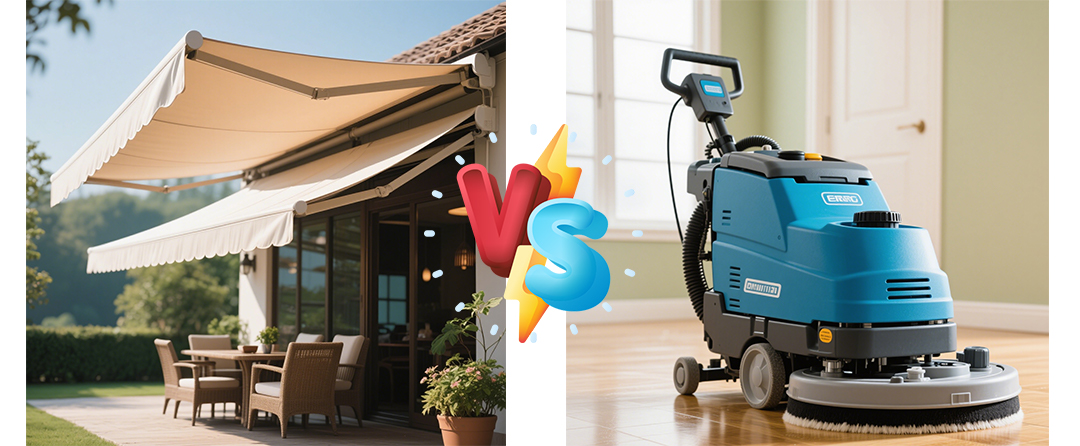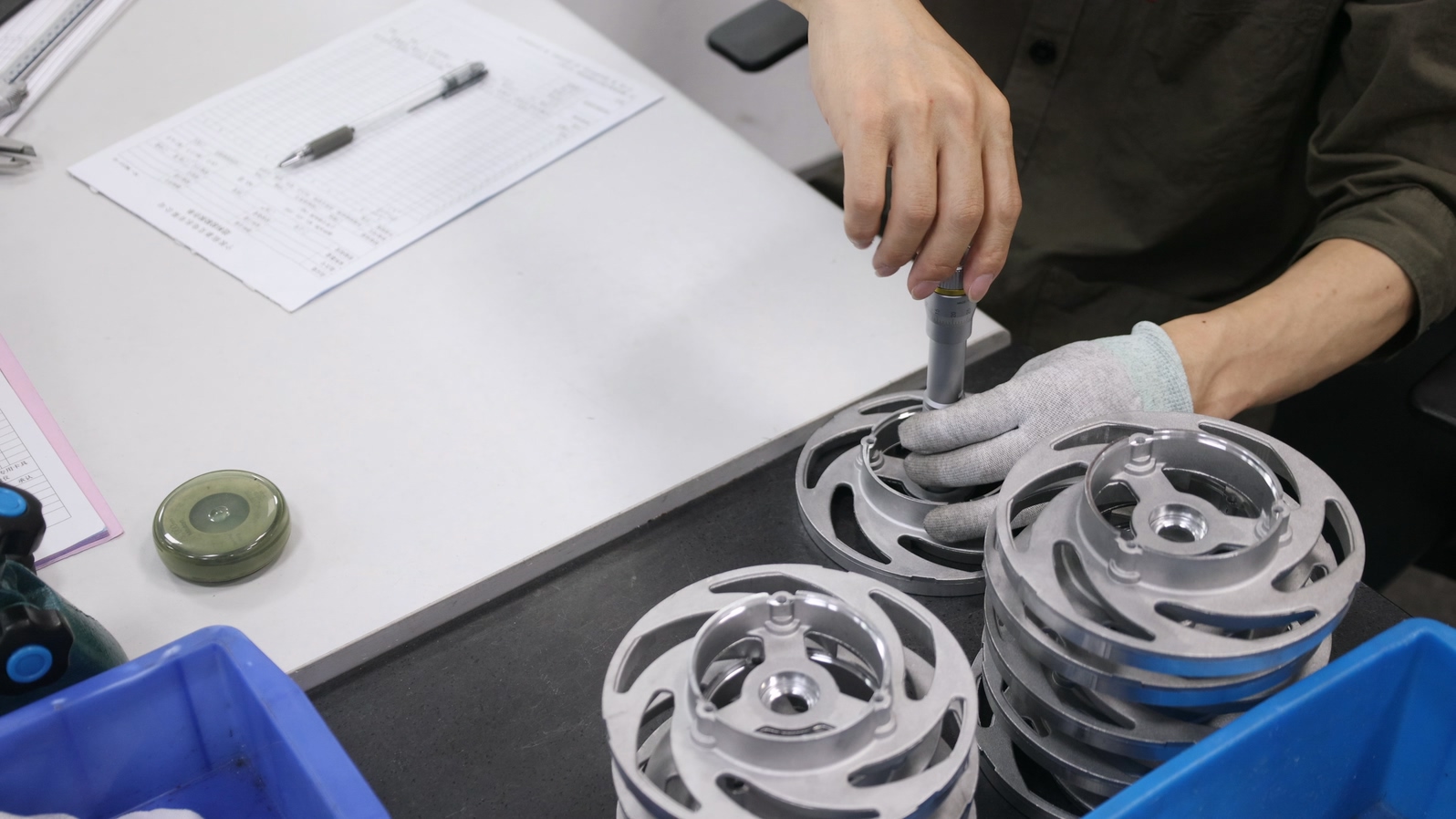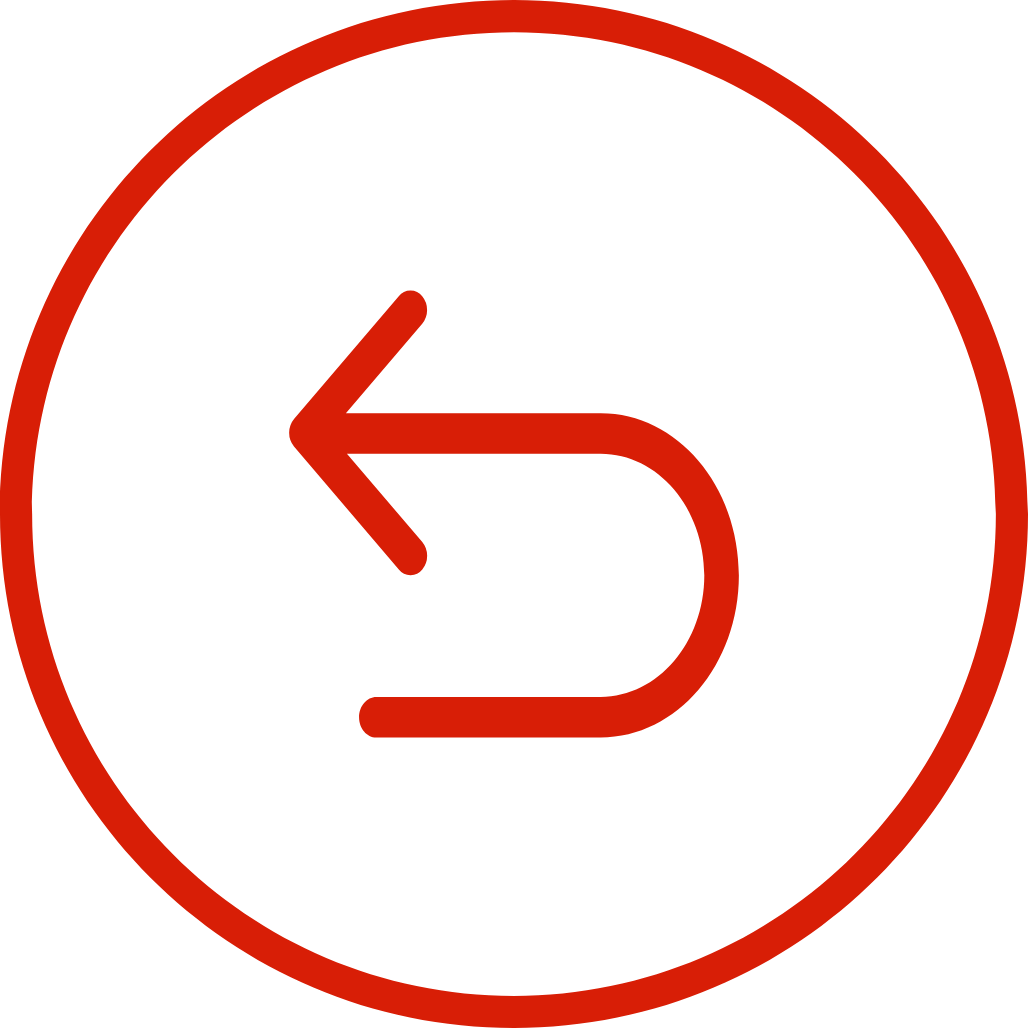
Static devices such as smart hangers, smart curtains, electric doors, etc., such devices do not operate frequently, but need to overcome gravity, friction or initial resistance during the start-up stage, so they must have a high starting torque. The equipment is usually in a stopped state, and the operation process does not have high requirements for speed, requiring low-speed, stable and jitter-free operation. The overall load is light, which belongs to the intermittent low load working condition.
Dynamic equipment such as sweeping robots, AGV trolleys, service robots, robotic arms, etc., will frequently start, stop, accelerate and decelerate during use, so the motor must have good response ability and medium and high starting torque to cope with rapid start and frequent action switching. Most of these equipment are in operation and have high requirements for the continuous output capacity of the motor, which is a continuous dynamic load. At the same time, according to different actions such as walking, steering, and handling, the corresponding motor also needs to provide medium and high speed operating performance, with wide frequency band speed regulation and high dynamic response ability.
Speed range:20–200 rpm (most run below 60 rpm, ensuring slow and smooth action)
Starting Torque Range:0.3–3 Nm (slightly variable depending on load weight and mechanism structure)
For example, heavy-duty motorized curtains require about 2–2.5 Nm of starting torque
Workload range:1–10 kg (mostly light loads, mainly to overcome initial friction and gravity)
Speed range:500–20,000 rpm (depending on whether the reduction output, wheel drive or rotating machinery)
For example, wheeled AGVs drive front-end motors up to 3000–6,000 rpm, and robot vacuum motors can reach speeds of 15,000–20,000 rpm
Starting Torque Range:1.5–12 Nm (output torque up to 15–50 Nm with reduction system)
For example, AGV drive motors often need to output 10–25 Nm torque after deceleration; The original torque of the sweeping motor is small, but it needs to be at high speed
Workload range:5–100 kg (depending on the weight of the part actually moved or supported, part of the load is borne by the motor after being converted by the mechanism)
1.Common equipment: smart curtains, smart hangers, electric doors, electric roller blinds, intelligent control valves, etc
2.Operating characteristics: low speed, intermittent, light load, high starting torque, high silence requirements
3.General technical matching:
4.Motor Type: Brushed/Brushless DC Geared Motor (DC Brushed/BLDC)
5.Reduction mode: Worm gear reduction, planetary reduction (reduction ratio greater than 10:1)
6.Torque range: output torque 1–10Nm, partially heavy-duty curtains up to 15Nm
7.Control mode: simple switch control / PWM speed regulation / wireless remote control / APP control
8.Power Supply: DC 12V / 24V / AC 220V (some are powered by lithium batteries)
9.Other configurations: built-in limit switch / encoder (for positioning) / manual clutch function
1.Common equipment: sweeping robots, AGV trolleys, service robots, collaborative robotic arms, track inspection vehicles, etc
2.Operating characteristics: frequent start and stop, medium and high speed operation, continuous load, high dynamic response, with communication control
3.General technical matching:
4.Motor Type: Brushless DC Motor (BLDC) / Brushed Motor (Low Cost)
5.Reduction mode: Planetary gearbox (3:1~20:1 common), direct drive scheme for some hubs
6.Torque range: Output torque 5–50Nm (including reducer)
7.Control mode: closed-loop drive system with Hall or encoder; Support CAN, UART, RS485
8.Power supply mode: DC 24V / 36V / 48V (commonly used for AGVs)
9.Other configurations: Brakes, over-temperature protection, status feedback, fault diagnosis module

We not only select motors according to parameters, but also deeply understand the operating status and working conditions of customer equipment, and customize from the principle design:
Starting torque customization: Through the selection of magnetic steel materials, optimization of magnetic circuit structure, and winding adjustment, high starting torque output is achieved without excess power
Reasonable matching of power and torque: avoid "big horse-drawn trolleys" or "underpowered" to ensure that the motor runs in the highest efficiency range
Reduction ratio customization: According to the customer's action rhythm, time, and speed requirements, a precise reduction system is designed, and the output speed accuracy can be controlled within ±5rpm
Customization of mounting structure: such as special-shaped shafts, mounting flanges, hollow shaft outputs, and customized cable directions, to adapt to customer mechanical structures
Functional integration: The motor can integrate the drive, brake, encoder, and temperature control module to achieve true "plug and play"
BG Motor has complete electromagnetic simulation + thermal simulation + control algorithm tuning + real-world verification capabilities to ensure that each motor accurately matches the usage scenarios:
ANSYS/JMAG/MotorCAD electromagnetic simulation: Accurately estimate starting torque, efficiency, loss, heat distribution, and optimize design in advance
Thermal Simulation Analysis: Evaluates continuous output capabilities to avoid overheating and lifespan, ensuring reliable equipment operation over time
Custom drivers: Fine-tune the start curve and acceleration and deceleration control logic according to the load characteristics to achieve softer or more explosive output effects
Test platform verification: Provide full-item test reports such as no-load/load/temperature rise/life/impact/noise to ensure true and controllable performance
BG Motor's engineering team has more than 20 years of industry experience, is familiar with the drive characteristics of various end equipment, and can quickly understand and solve customers' core problems:
Understand the equipment structure: such as curtain track resistance, AGV wheel pressure load, and inertia distribution of the robotic arm
Understand control logic: such as closed-loop speed control of sweepers, limit anti-pinch of smart hangers
Understand customer pain points: We know that customers are most afraid of "motor not matching", "poor performance", "loud noise" and "short life", so we avoid it from the root
In addition, the types of equipment we have served include:
1.Home automation (curtains, hangers)
2.Logistics equipment (AGV, handling robot)
3.Medical equipment (centrifuges, fluid pumps)
4.Cleaning robots (sweepers, high-speed vacuum motors)
5.Industrial Automation(Collaborative Robotic Arms, Vision Module Platforms)
We have done cases in every industry and know which plan is the most cost-effective, stable and suitable.
If you have any needs, please contact us in time, we will have professional sales personnel and engineers to connect with you
 BACK
BACK
Yesterday, the 138th China Import and Export Fair (Canton Fair) was grandly open…
In the golden autumn of October, the fruits are fragrant. On this beautiful mome…
Dear friends, the 138th Canton Fair will be held in Pazhou, Guangzhou on October…
At BG Motor, we firmly believe that the strength of a team can carry dreams furt…
New Breakthrough at Conifer (Silicon Valley Startup)What’s new?Conifer has devel…
The 2025 World Robot Conference (WRC), held in Beijing, brought together top min…